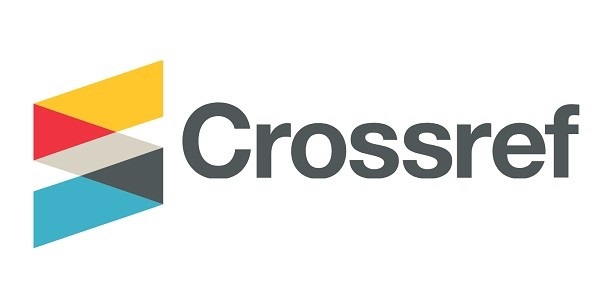UPAYA MEMPERTAHANKAN UMUR SIMPAN PISANG KEPOK DENGAN KEMASAN AKTIF BERBAHAN ARANG AKTIF CANGKANG KELAPA SAWIT
Abstract
Kepok bananas are a fruit with a very fast ripening process when stored at room temperature.In this study, kepok bananas were packed with active packaging made from palm kernel shell activated charcoal, which was activated by 20% phosphoric acid in sachets to slow down the ripening process. This study was aimed to analyse the tendency of changes in the physical and chemical properties of kepok banana with active packaging made from palm kernel shell activated charcoal stored at room temperature and to determine the best active packaging that can extend the shelf life of kepok bananas. The old and ready-to-harvest kepok bananas were weighed as much as 350 g and packed with LDPE in the middle as primary packaging and foam net as secondary packaging. The kepok bananas packaging was added with 5 or 10 g of activated charcoal in the sachets packed with LDPE or tea bags. Kepok bananas with active packages were stored at 28 ± 2oC for 16 days and observed every two days in the form of weight loss, edible parts, moisture content, total dissolved solids, reducing sugar content, and total dissolved acid. The data were analyzed by regression order 2, order 3 or order 4 adjusted to the R2 value close to 1. The results showed that during storage the weight loss of kepok banana increased quadratically. The edible part changes followed the order 4 pattern, while the moisture content, total dissolved solids, reducing sugar content, and total dissolved acid followed the order 3 pattern. The best active packaging to extend the shelf life of kepok bananas was kepok bananas with 10 g of active charcoal in LDPE packaging.
Keyword: kepok banana, active packaging, activated charcoal, palm kernel shell, LDPE
_page-00013.jpg)






